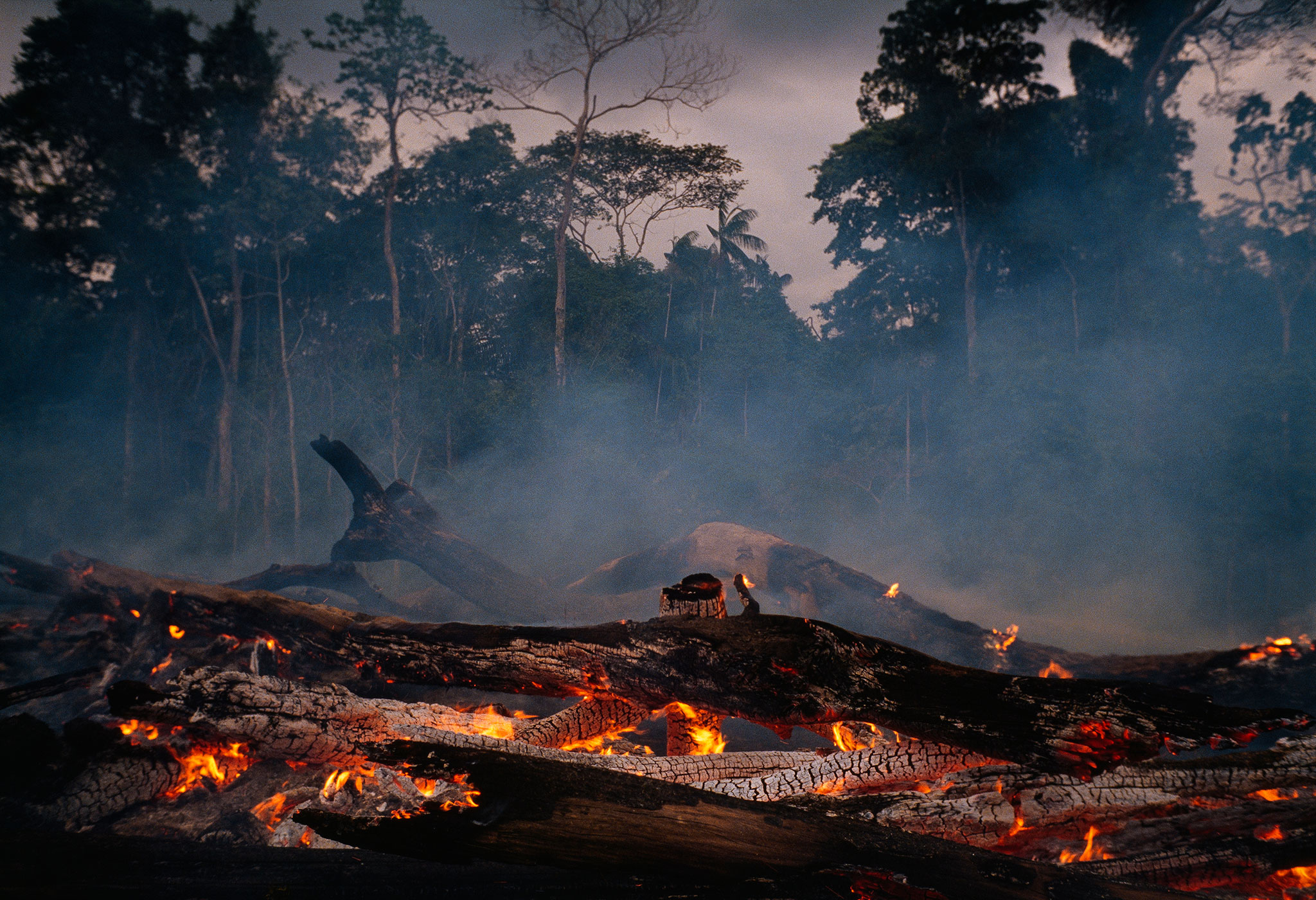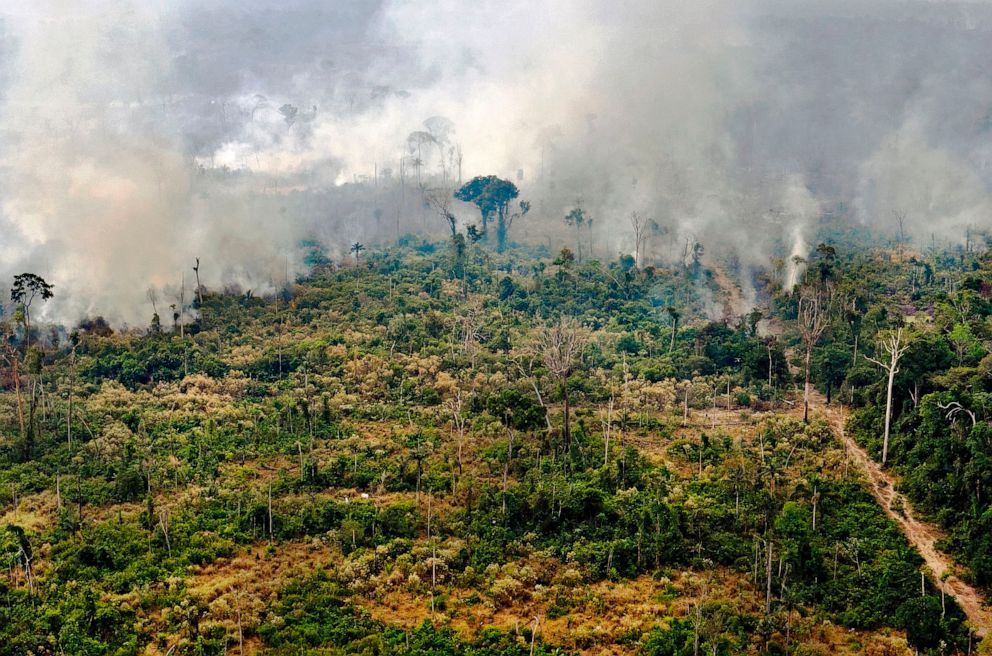About 17 percent of the amazonian rainforest has been destroyed over the past 50 years

About 17 percent of the Amazonian Rainforest has been Destroyed over the Past 50 years

The Amazonian rainforest, often referred to as the “Lungs of the Earth,” is facing a severe crisis due to deforestation. Over the past 50 years, approximately 17 percent of this iconic rainforest has been destroyed, resulting in devastating consequences for the planet. This alarming fact raises concerns about the future of the Amazon and its crucial role in maintaining global environmental stability.
According to a report by National Geographic, deforestation in the Amazon rainforest is predominantly driven by human activities such as agriculture, logging, mining, and urbanization. These destructive practices not only pose a significant threat to the region’s biodiversity but also contribute to climate change.

The destruction of the Amazon rainforest leads to the loss of countless plant and animal species, many of which are yet to be discovered and studied. This extensive biodiversity is not only vital for the ecological balance of the region but also holds immense potential for medical research and development. Every acre of forest lost brings us closer to losing valuable species that could hold the key to treating diseases or providing solutions to environmental challenges.
Furthermore, deforestation in the Amazon releases significant amounts of carbon dioxide into the atmosphere, contributing to the global greenhouse effect. The rainforest acts as a carbon sink, absorbing large quantities of carbon dioxide and releasing oxygen, thereby playing a critical role in combating climate change. The loss of such a significant portion of the Amazon rainforest not only reduces its capacity to absorb carbon dioxide but also intensifies the effects of global warming.
Efforts to combat deforestation in the Amazon have been ongoing, but they face several challenges. The allure of economic growth and the demand for agricultural land continue to drive unsustainable practices. However, awareness about the importance of the Amazon rainforest for humanity’s survival is growing, and various initiatives are being implemented to address this issue.
International organizations, governments, and local communities are working together to develop sustainable land-use practices, promote reforestation, and support alternative livelihoods for communities dependent on the forest. These efforts aim to strike a balance between economic development and preserving the Amazon’s invaluable ecosystems.
In conclusion, the destruction of about 17 percent of the Amazonian rainforest over the past 50 years is a distressing fact that highlights the urgent need for action to protect one of the world’s most critical natural resources. The consequences extend beyond the Amazon region, affecting global climate patterns and biodiversity. It is crucial for all stakeholders to collaborate and implement sustainable solutions to conserve the remaining rainforest and secure a better future for our planet.
Sources:
Related Posts
Quick Links
Legal Stuff

